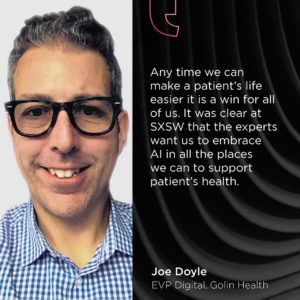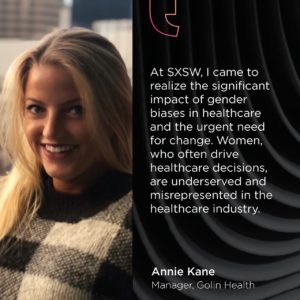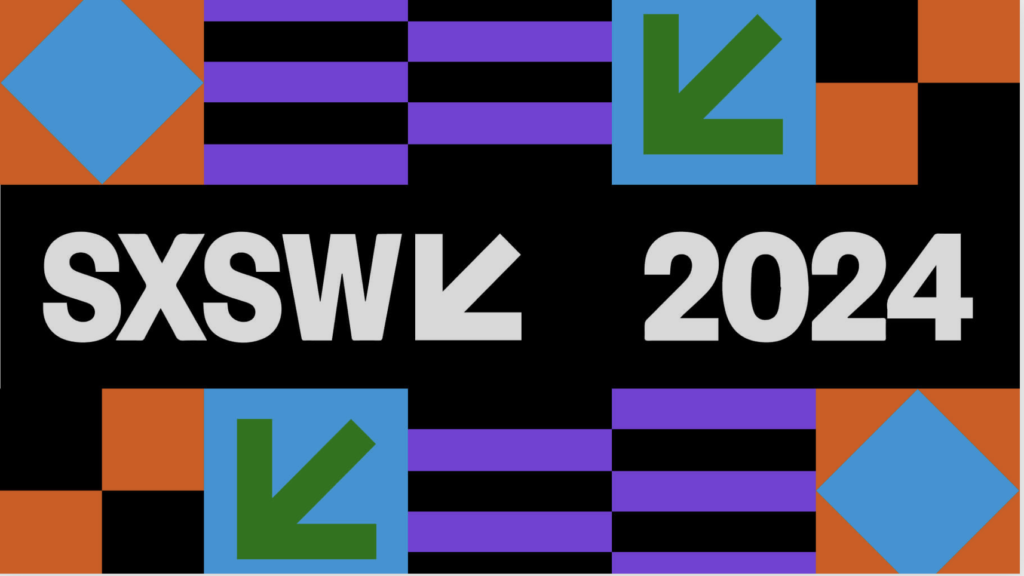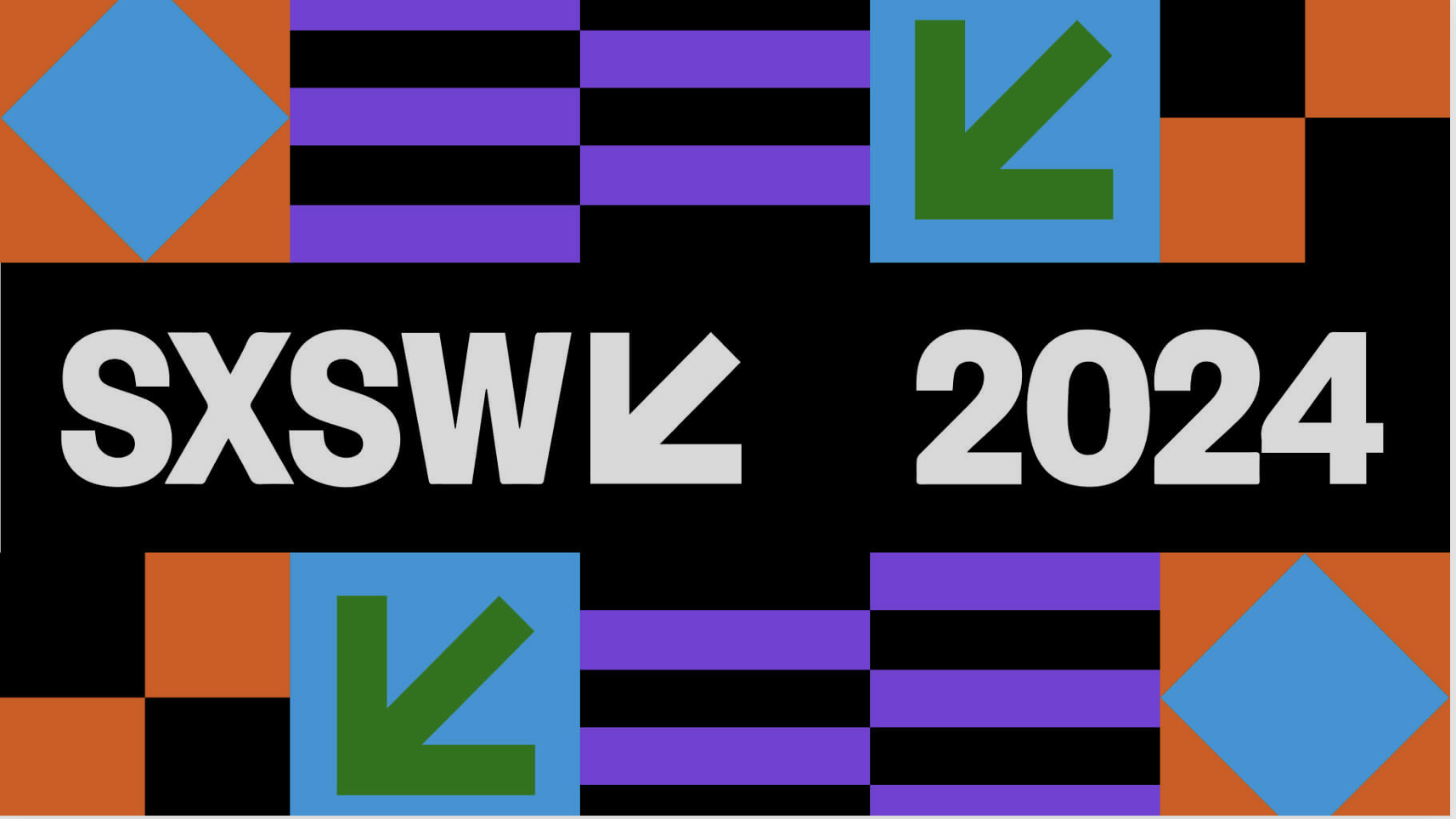Often people think big interactive conferences are too otherworldly to have any immediate impact on their work. Large companies have a reputation for sometimes moving slowly, and it can seem like an eternity for innovations to make a tangible impact.
While it’s likely years before we regularly change into avatars in the metaverse, we will be living through immediate and audacious plans to generate the world’s largest immunological dataset and maybe even porting our own healthcare data very soon. But for 2024, we experienced some ideas and solutions that will be ideal for your project planning.
Here are three unique perspectives from Golin Health, and our IPG DXTRA Health partner and healthcare experiential marketing agency, Jack Health.
USE AI TO MAKE PATIENT EXPERIENCES MORE INCLUSIVE

Nothing is more frustrating than not being able to understand directions or information, especially when you are a patient under care. In ‘Combating Misinformation for Patients in Digital Landscape’, The Dose podcaster (and future physician) Joel Bervell talked about how he prompts ChatGPT to make his patients’ medical education easier to understand. By prompting re-writes at a 5th grade reading level, he ensures almost all his patients will be able to understand their medical needs. In the ‘Science Will Win’ podcast recording, we heard the head of Pfizer’s Digital Health paint a picture of an ideal world where doctors could prompt an EHR AI to re-write content in the exam room in order to communicate critical messaging that is comprehended and actionable by all.
Sticking with inclusivity, women were featured heavily at SXSW this year. Nearly every session in Health & MedTech programming featured more women than men on stage, and keynotes brought big names to address social issues. Forward-thinking groups like SXSW bring opportunities for brands with executive female storytellers to really shine.
NAVIGATING AI’S ROLE IN CLOSING THE GENDER GAP

It’s truly shocking to discover that despite women driving 80% of healthcare decisions, our current healthcare model often overlooks our diverse health needs. Women’s health is typically used interchangeably with reproductive health, which does not nearly capture the whole health of a women.
Equally concerning is the lack of representation of women in global health data. Until 1993, women were not included in clinical studies, resulting in less research on female-specific diseases and effectiveness in treatments for women. By ensuring that women are adequately represented in health research and data collection, we can not only close the existing data gap but also enhance the development of AI too
ls and other technologies tailored to more personalized and effective healthcare solutions.
One particularly eye-opening moment for me was during a panel discussion titled ‘Closing the Gender Gap in AI’ where they discussed the use of AI technology for symptom diagnosis. One of the panelists provided an example of a clear gender bias when a man and a woman of the same age and health history input the same symptoms into an experimental AI diagnosis technology. The AI diagnosed the man with a heart attack but labeled the woman’s symptoms as a panic attack. This example highlights that technology is only as good as the data supporting it, emphasizing the urgent need for more inclusive and accurate health data collection to harness the potential of AI.
CONTENT IS YOUR TIMELESS TREASURE TO CONNECT ACROSS AND BEYOND SXSW
This was the year healthcare brands finally took a page from the programmatic playbook – leveraging sessions, stages, and lounges to create content that will continue to deliver value and engagement well beyond SXSW.

Health and wellness brands abandoned the creative expo and instead took advantage of the full SXSW ecosystem – showing up on diverse stages both at badged and badge-less events with a variety of brands like Delta, EOS, and IBM and patient advocacy groups like NORD and the American Cancer Society. More than ever, brands dug in on the value of audio-centric scientific storytelling and podcasting – with multiple brands recording live sessions in the podcast lounge – leveraging brand leaders and cultural influencers. Others chose to showcase their innovation in a lounge setting – using play, edutainment, and emerging technology to tell their stories.
And the red thread across those experiences was the creation of evergreen content – the timeless treasure that can be modularized, repackaged, and placed in a variety of channels to continue to tell brand stories and generate impactful engagement well beyond SXSW.
Which is all to say, no longer is SXSW just an event on the calendar, but instead a tentpole milestone purposefully connected to the brand and content strategy roadmap. In doing so, you’ll find incredible ROI that will generate insightful conversations, value-packed engagement, memorable experiences, and a constellation of brand storytelling opportunities that will continue to make your investment at SXSW well worth the cost of entry for you and your brand long after the fun in Austin ends.

